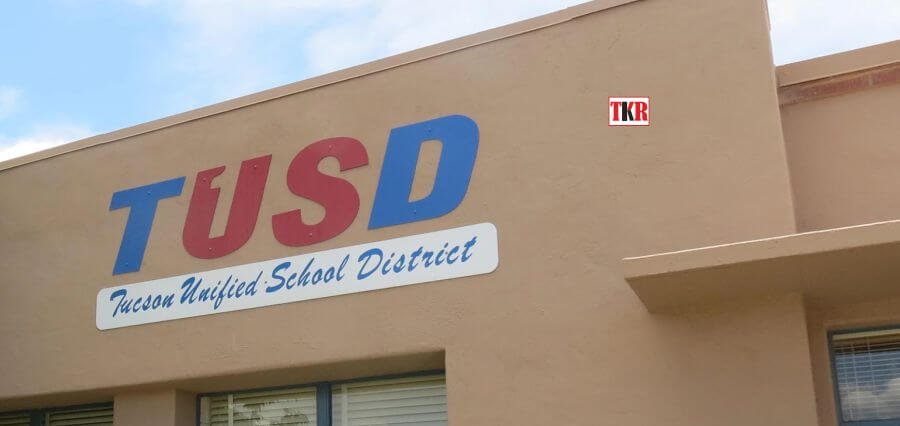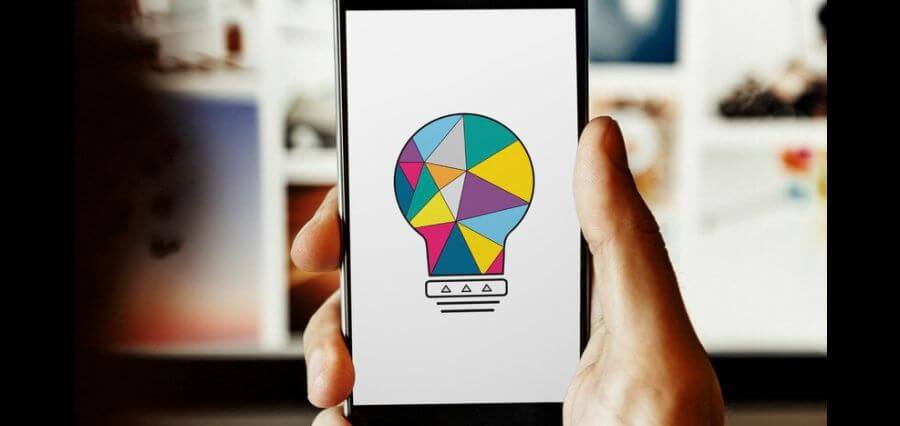Dyslexia is not a disease and it is a myth that people with dyslexia reads or see words backward. A person with dyslexia doesn’t have lower level of intelligence but it is a disability where a person has difficulty in reading and interpreting meaning. In schools/universities, student with dyslexia needs extra support and effective individualized teaching. Students with dyslexia are more likely to drop out of school/university than students who don’t have these issues. With the support from teachers, family, and friends the difficulties of dyslexic student can be reduced and they can also succeed in their career as others. Proper strategies, tool and use of technology can make huge difference for such students.
Reading for Meaning
Reading for Meaning is a strategy that helps all readers to build the skills that expert readers use to make sense of challenging texts. Using images that illustrate sentences or unfamiliar words are really useful. By adding a diagram and figures, student can understand the meaning in a much better and faster way. Reading for Meaning helps teachers to build up the exact skills that are vital to students’ success i.e. identifying main ideas, making inferences, and interpretations with evidence.
Dyslexia-friendly Fonts
Students with dyslexia often struggle to differentiate letters; some special fonts make it easier for them to recognize the differences between letters. There are many such fonts which are designed for people with dyslexia to make their reading and learning easier. Special fonts like OpenDyslexandic, Dyslexie, Lexia Readable are open source and such fonts can be used for dyslexic students.
Text-to-speech (TTS)
TTS software is a vital resource for students with dyslexia to aid reading, promote comprehension, and enhance overall literacy skills. Software like WordTalk, Read&Write Gold supports students throughout the reading, writing, and learning process. Some other tools like ClaroPDF can take normal PDF documents and read them aloud. On the screen, the text will be highlighted, giving the student enough information to connect the audio to its written form. While listening to an audio book and seeing the text simultaneously on the screen, can actually help a kid to bridge the gap between understanding words and assigning meaning.
Better Teaching, Better Learning
Dyslexia friendly classroom and school/Institute can support, identify and respond to the “unexpected difficulties” that a dyslexic learner faces. Teachers can create an incredible support system for them by using better learning tools for dyslexic students. Educational game facilitates a strong sense of social engagement and it also thus provides a variety of new opportunities for learning. Puzzle game, word games, reading game, grammar games can benefit children with dyslexia in their skills development. Some excellent places that provide digital or physical games for the classroom includes, Nessy.com: offers games that help learners understand the sounds that make up words, where dyslexics particularly struggle. Dyslexiagames.com: it contains puzzles, 3D drawings, and reading activities, tailored to improve learning among dyslexic student. Simplex Spelling: They help build up students’ understanding of phonics and how words are constructed.
Support from Parents
Parents can identify symptoms of dyslexia in young child who is not making sufficient progress. Early identification and intervention could improve the child’s academic progress. Difficulty in reading, spell right or slow learning and many more such symptoms can help parents identify this grave issue and thus support such child in early age. Early intervention could improve the child’s academic progress.
Orton-Gillingham Approach
One of the most used and effective methods is the Orton-Gillingham (OG) method. OG Approach is an instructional approach primarily for those individuals who are associated with dyslexia. It’s a multi- sensory way of teaching/nurturing reading, spelling and writing skills to students who struggle with language-based learning difficulties, including dyslexia. There are a number of reading programs based on this approach. A bottom-up approach to reading beginning with the smallest units of meaning i.e., it focus first on mastery of the smallest units of language, including phonemes and graphemes, and then build to whole word, phrase and sentence level instruction.
There are some people with dyslexia who are highly successful, they triumph over their difficulties and become famous in their fields. Often Students with dyslexia remain undiagnosed throughout their school time and these students face the failure early in their lives. Research shows that, if teachers are trained in early dyslexia identification and intervention, 90 percent of dyslexic children can be educated in the regular inclusive classrooms. Due to lack of awareness and knowledge, numbers of students with dyslexia are undiagnosed and the impact of dyslexia can be long lasting not only for the individual, but for the society at large. Motivation and support from parents, teacher and friends will help them to gain confidence, which in turn will boost their self-esteem. If they have difficulty to read or spell a word, explain it and provide positive reinforcement when they get something right. This will increase their self-esteem and will give them the encouragement to work independently or a willingness to approach more challenging tasks.
- Nilam Thakkar









